Behringer BQ-10: Bringing Back the SQ-10 – Almost!
Analog Sequencer with 3 x 8 Steps
The Behringer BQ-10 is becoming a reality! The analog sequencer is clearly inspired by the famous KORG SQ-10 from the 1970s. However, Behringer has come up with a few changes to make the BQ-10 even more flexible. The hardware is now available for order!
All about the Behringer BQ-10
Behringer BQ-10
The Behringer BQ-10 first surfaced on the internet more than two years ago (see below). Today, Behringer announced that development is now complete and the analog sequencer will be available shortly.
It’s impossible to overlook the fact that the sequencer is inspired by the classic SQ-10 released alongside the MS-20 and MS-10. At first glance, you might think it’s another one of Behringer’s carbon copies. However, a closer look reveals that Behringer has made a few adjustments to make the sequencer more flexible in a modern production environment.
Most notably, Behringer’s version has eight instead of twelve knobs per row. The two upper rows can be combined to form a single 16-step sequence, or you can use them as two parallel sequences of eight steps each. In this respect, the BQ-10 is perhaps more closely based on the modern-day KORG SQ-1 than on its predecessor from the 1970s. In addition, there’s a third row that outputs a separate 8-step sequence for modulation purposes. You can choose between four voltage ranges for each row (1V, 2V, 5V, 8V (Hz/V)).
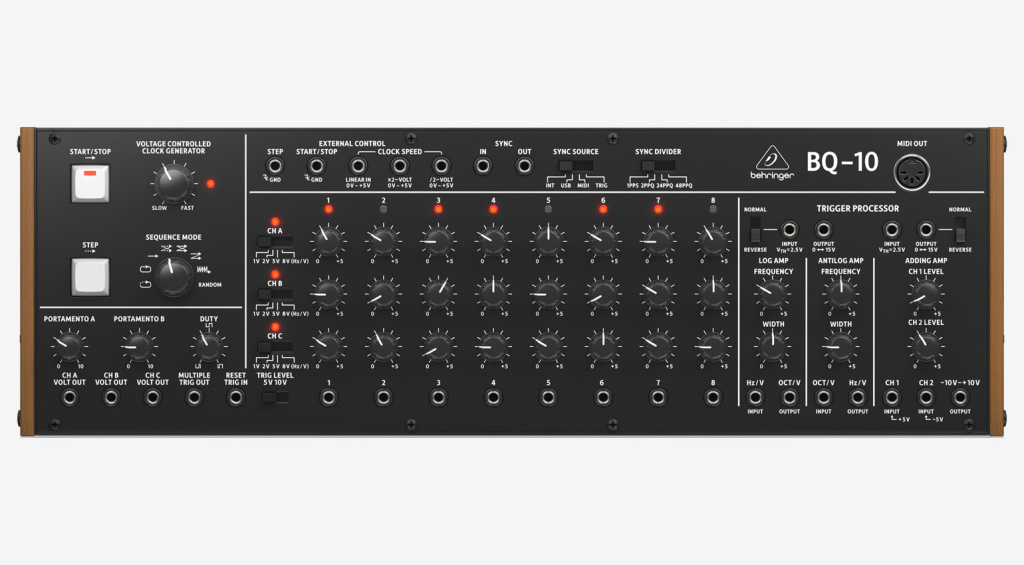
Channels A and B offer a choice of eight playback modes, including Alternating, Parallel, Series, Random, and more. These two channels also each have a portamento control for smoothing the voltage curve between the individual steps. The gate length (duty cycle) is also adjustable.
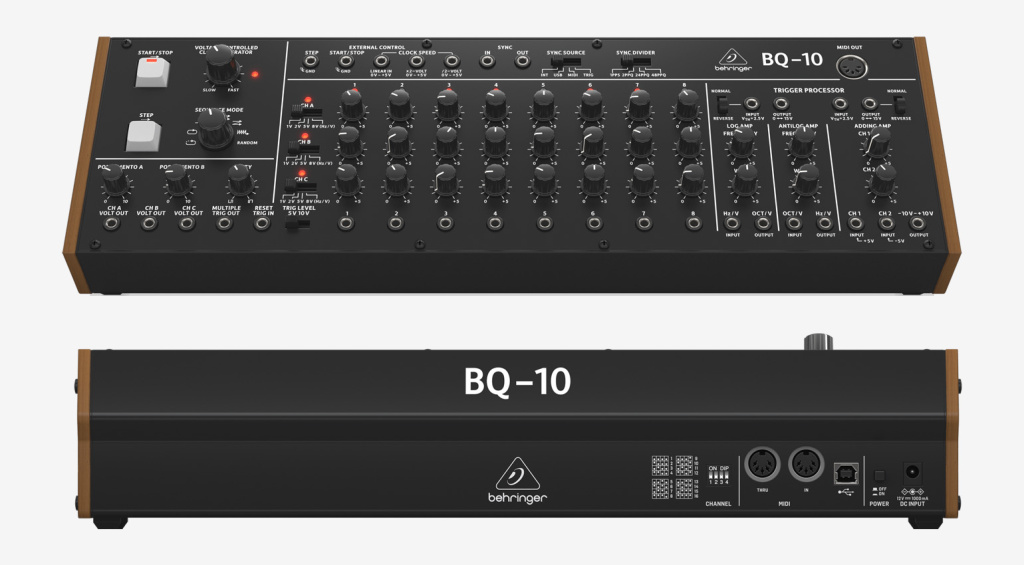
Each step offers a trigger output, which can be connected to the reset input to achieve shorter sequences of arbitrary lengths. The BQ-10 happily syncs to an external clock via its trigger input, or to a MIDI clock via DIN or USB. Alternatively, it has its own internal clock, which is controllable via CV and offers a tempo range from 20 to 500 BPM.
As per usual, you can remove the BQ-10 from its desktop enclosure and install it in a Eurorack system if desired.
Price and availability
The Behringer BQ-10 will soon be available from Thomann* for $144 / £129 / €149.

More information
Behringer BQ-10 Analog Sequencer Leak – Looks Like The Korg SQ-10!
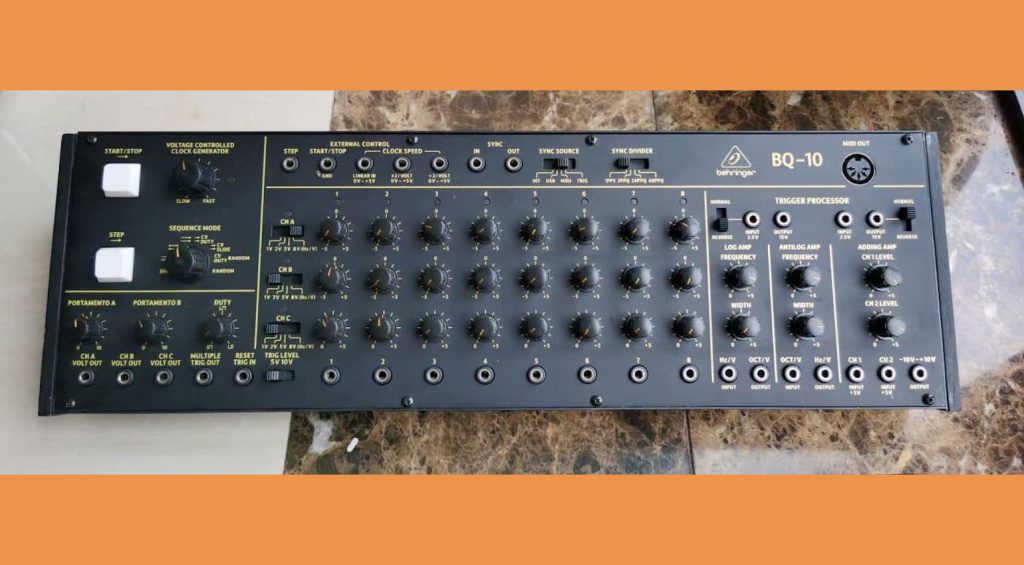
[01 July 2023 / Adam Douglas] Behringer appears to be readying the BQ-10, a clone of the classic Korg SQ-10 analogue sequencer. And from the looks of it, it has a number of additional features.
Another day, another Behringer product story. Except this time it didn’t come from the company itself but as a leak on the internet. Website Matrixsynth posted a few tantalizing shots of the new product with almost no context. Let’s take a look at what’s going on in the photos and see what we can suss out.

Korg SQ-10 Remake?
First off, given the name and knob placement, the Behringer BQ-10 is most likely a remake of Korg’s 1978 SQ-10 analogue sequencer. Part of the MS-20 ecosystem, it offered three lanes of voltage control with up to 12 steps per lane.
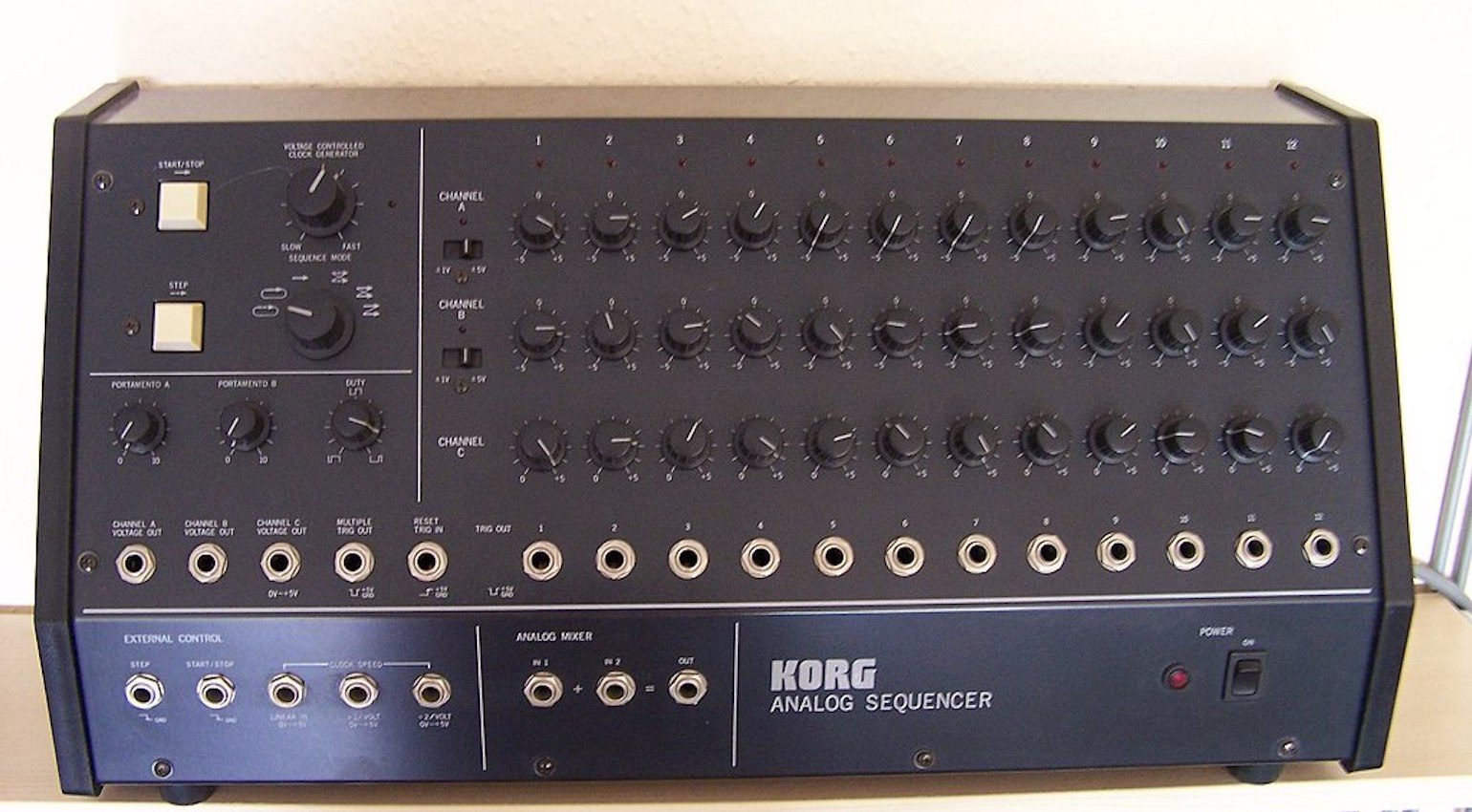
The first clear difference in the Behringer BQ-10, however, is that it has eight knobs across, indicating that it will be eight steps and not 12 per lane. The original also intended the third C lane of knobs to control a VCF or VCA, or note length of lanes A and B. The BQ-10 seems to have made lane C identical to A and B, giving users a total of 24 note steps, the same as the original.
Also new is the ability to switch between different voltage settings, including Korg’s unusual Hz/V. Much like on Korg’s later SQ-1, this makes it available to use with Eurorack and other non-Korg (or Yamaha) vintage gear. Given that it’s intended to use with Eurorack – it has the same form factor as many of the company’s other instruments – it offers sync patch points, a sync source switch, and sync divider.
Controls Ported From The Original
Controls ported over from the original appear to be start/stop and step buttons, voltage controlled clock generator, multiple sequence modes, two portamento knobs plus a duty cycle adjuster, as well as a comprehensive trigger processor section. As with other Behringer products with this same form factor, it also has MIDI in and out.

As this is a leak and not an official announcement, we don’t know when the Behringer BQ-10 will be released – or indeed if ever. Although given that the unit appears to be fairly far along in the production cycle, we would be surprised if it didn’t get released at some point.
No word on if or when someone is going to clean up that storeroom though.
More information:
*This post contains affiliate links and/or widgets. When you buy a product via our affiliate partner, we receive a small commission that helps support what we do. Don’t worry, you pay the same price. Thanks for your support!
3 responses to “Behringer BQ-10: Bringing Back the SQ-10 – Almost!”



 4,6 / 5,0 |
4,6 / 5,0 | 


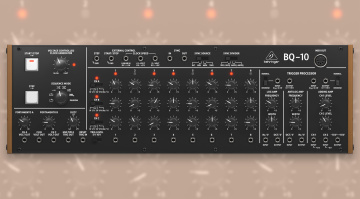


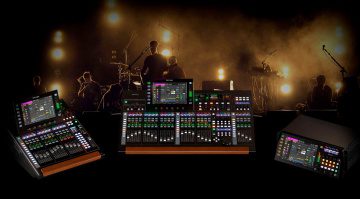

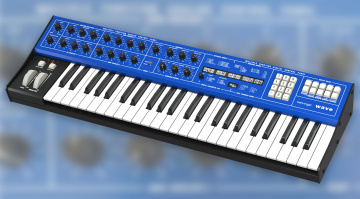

I own a SQ-1 and that new SQ they did recently, would love to get this one from Behringer to add…can never have too many sequencers.
It’s a combination of the SQ10 and the MS-02 interface. The interface was a seperate product that made it possible to use 1v/oct synthesizers like moog and roland with the SQ10. This is needed because the MS20 used a different system for voltage control. To use it you need to tune and scale the log or antilog amp. Not much fun, a quantiser in software would have been much more useful.
can’t wait to test run this one